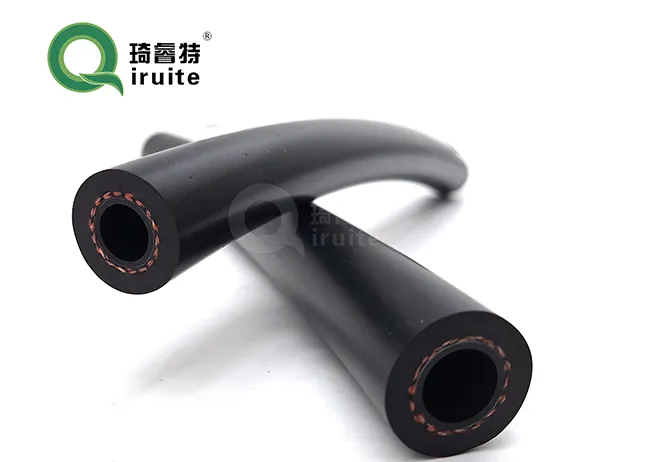pressure hose for power steering pump
Understanding Pressure Hose for Power Steering Pump
The power steering system is a vital component of any modern vehicle, providing drivers with the ease of steering and maneuverability at low speeds as well as enhanced control at higher speeds. At the heart of this system lies the pressure hose, an essential element that ensures the efficient functioning of the power steering pump.
What is a Pressure Hose?
A pressure hose is a high-pressure rubber or reinforced hose that connects the power steering pump to the steering gear or rack. Its primary function is to transport hydraulic fluid under high pressure, facilitating the necessary force to assist the driver in steering the vehicle with minimal effort. Given the pressures involved, which can often exceed thousands of psi, these hoses are built to withstand significant stress, ensuring safety and reliability.
Material and Construction
Pressure hoses for power steering pumps are typically made from high-quality materials that provide durability and resistance to wear. Commonly constructed from synthetic rubber or thermoplastic elastomers, these hoses are reinforced with braided steel or textile to enhance their strength and longevity. The inner lining is designed to resist the corrosive effects of hydraulic fluid, preventing degradation over time and ensuring optimal performance.
Importance of Quality
pressure hose for power steering pump

The quality of the pressure hose is crucial to the overall function of the power steering system. A compromised hose can lead to leaks, which result not only in loss of hydraulic fluid but also in a dramatic reduction in steering performance. Drivers may experience difficulty turning the wheel or hear unusual noises, indicating that the power steering pump is not functioning correctly. Therefore, it’s essential to choose high-quality replacement hoses that meet or exceed OEM specifications.
Signs of Wear and When to Replace
Regular inspection of the pressure hose can help prevent potential failures. Common signs of wear include visible cracks or bulges, leaks during operation, and mechanical noises while steering. If any of these symptoms are present, it is advisable to replace the pressure hose promptly to avoid further damage to the power steering system.
Installation and Maintenance
While replacing a pressure hose can be a DIY task for experienced individuals, it is often best left to professionals due to the complexity of hydraulic systems. Proper installation is critical; any incorrect fittings or misalignments can lead to failure. After replacement, regular maintenance, including checking for leaks and inspecting the fluid levels, will help prolong the life of the power steering system.
Conclusion
The pressure hose may seem like a small component, but its role in the power steering system is far from insignificant. Investing in a quality pressure hose and ensuring regular maintenance can enhance the safety, reliability, and performance of your vehicle, ultimately contributing to a smoother driving experience.
-
Ultimate Spiral Protection for Hoses & CablesNewsJun.26,2025
-
The Ultimate Quick-Connect Solutions for Every NeedNewsJun.26,2025
-
SAE J1401 Brake Hose: Reliable Choice for Safe BrakingNewsJun.26,2025
-
Reliable J2064 A/C Hoses for Real-World Cooling NeedsNewsJun.26,2025
-
Heavy-Duty Sewer Jetting Hoses Built to LastNewsJun.26,2025
-
Fix Power Steering Tube Leaks Fast – Durable & Affordable SolutionNewsJun.26,2025

